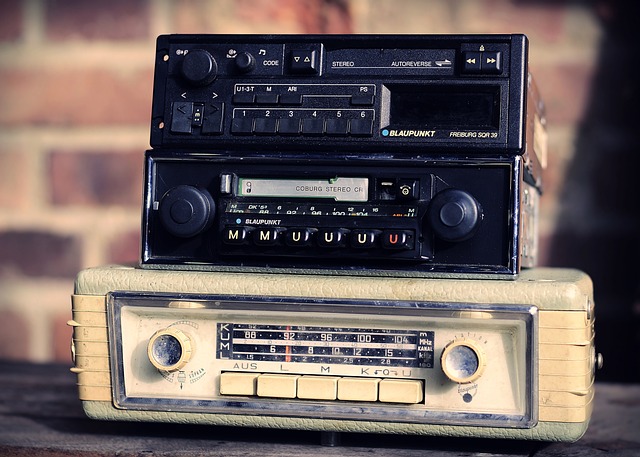
Radio is a powerful medium that has been around for over a century. It can connect people across the world, entertain, and inform.
Radio formats play an essential role in delivering specific content to a targeted audience. Understanding these formats is crucial for program directors, operations managers, and on-air DJs to be able to provide the content that listeners expect.
This article will explore the various radio formats and how to decode them.
News/Talk Radio Format
News/talk radio format is designed for the delivery of news, current events, and analysis. This format is popular among adult listeners, and its programming consists of news, talk shows, and interviews.
Music Radio Format
Music radio format is one of the most popular radio formats. It is designed to deliver music to a targeted audience. It is usually divided into genres, such as rock, pop, country, hip-hop, and classical.
The programming is usually a mix of music, interviews, and promotional spots. Music radio format is popular among young listeners, and its content is usually entertaining and engaging.
Sports Radio Format
Sports radio format is designed to deliver sports-related content to its listeners. It is popular among sports enthusiasts and fans.
The programming is usually a mix of live game broadcasts, sports news, analysis, and talk shows. Sports radio aims to deliver accurate and timely information to its listeners.
Religious Radio Format
Religious radio format is designed to deliver religious content to its listeners. It is popular among religious devotees and believers. The programming is usually a mix of sermons, religious discussions, and music.
Religious radio aims to inspire and uplift its listeners. The content is usually presented in a serious and straightforward manner.
Public Radio Format
The public radio format is designed to deliver content that is not available on commercial radio stations. It is popular among listeners interested in news, culture, and education.
The programming is usually a mix of news, talk shows, and music. Public radio aims to deliver listeners high-quality, informative, and thought-provoking content.
Decoding Radio Formats
To decode radio formats, it is essential to understand the target audience. Each radio format is designed to deliver specific content to a particular audience. For example, music radio format aims to deliver music to young listeners, while news/talk radio format aims to deliver news and current events to adult listeners.
It is also essential to understand the programming structure of each radio format. For example, music radio format is usually divided into different genres, and the programming is a mix of music, interviews, and promotional spots. On the other hand, the news/talk radio format is programmed with a mix of news, talk shows, and interviews.
Conclusion
Radio formats play an essential role in delivering specific content to a targeted audience. Understanding these formats is crucial for program directors, operations managers, and on-air DJs to deliver the content listeners expect.
It is important to decode each radio format by understanding the target audience, programming structure, and tone and style. By decoding radio formats, program directors, operations managers, and on-air DJs can deliver high-quality, engaging content that keeps listeners tuned in.
Enhance your radio station’s programming with Virtual Jock’s expert radio formatting services. We will work with you to create a unique and engaging radio format tailored to your target audience, helping you increase listenership and keep your audience engaged. Contact us today to learn more.






No comment yet, add your voice below!